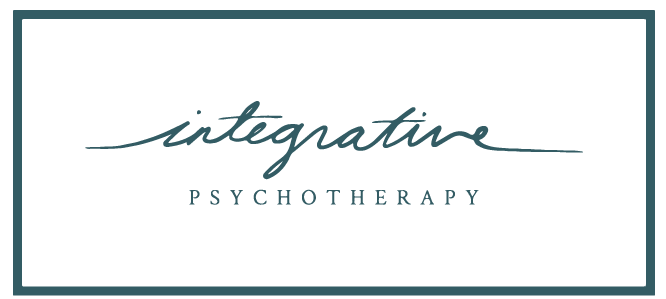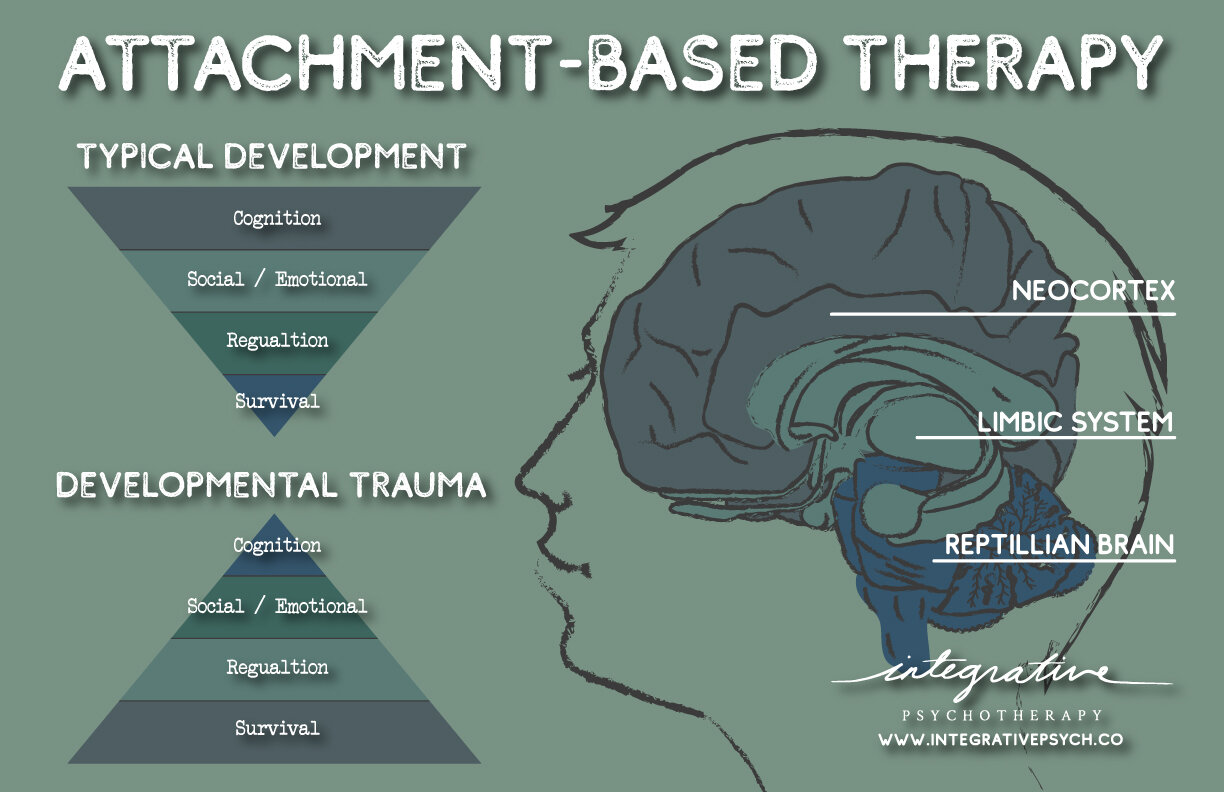Attachment Focused Therapy For Relationships
Attachment Focused Therapies in New York and Long Island
Relationship Counseling Long Island
You seem “together” on the outside, yet, you have some real worries and fears when it comes to relationships.
These worries are often related to attachment injuries which means you’ve been hurt in a relationship at some time in the past, or maybe some time recent.
You’re not alone.
Many adults who seem strong, smart and successful have worries related to relationships that are hidden beneath the surface.
Attachment based therapies can help you feel more trusting and work past your fear and avoidance in relationships.
Counseling in Long Island
Attachment & Nurturing in Childhood
Attachment-based therapy is founded on the study of attachment theory, which suggests that a strong early attachment to a primary caregiver is a primal necessity for healthy growth and development of all humans. When children are brought up with a strong sense of security, founded on supportive and loving relationships, they are more equipped to interact in a healthy way with their environment; with active exploration, an inquisitive mind, and the ability to form connections with others.
Attachment & adult relationships
Now, I also want to note that we can also be strongly impacted by later relationships: close friendships or dating relationships in high school, college years or even recent adulthood years. Relationships where we rely on people emotionally really impact us. Of course our younger years impact how secure we feel; as well, significant relationships, and how secure or insecure, stable or chaotic they were, later on in life also impact how we feel as adults today.
British psychologist John Bowbly was the founder of this attachment based approach. In his research he discovered that without a healthy attachment foundation in infancy and childhood, one is more likely to grow up fearful, confused, insecure, depressed or sometimes even become suicidal as an adolescent or adult.
As this approach began to build solid evidence, it became clear that the feelings of uncertainty and lack of security, also known as emotional, developmental gaps, could be repaired by forming trusting relationships with a therapist, a spouse, or other parental figure, in a specific effort to heal the attachment wounds.
Neurplasticity & Attachment Repair
This is the miracle of neuroplasticity; when the brain (like all living things) learns to repair itself after an injury. The brain has a remarkable ability to rewire itself, and actually reroute sensory impulses, literally changing its physical structure.
In a gentle, and non-aggressive way, this modality supports the modification of maladaptive thoughts, feelings, communications, behaviors, and interpersonal exchanges that clients have learned over time to either suppress, avoid, amplify or overemphasize, due to early attachment wounds.
As our brains develop, they are constantly forming connections (sort of like complicated wires inside the most powerful machine).
The healthy formation of these connections is critical in order to be able to function socially, emotionally, and mentally as healthy adults. When a child has a strong relationship with an emotionally healthy primary caregiver, the connections naturally form the way they need to (because of these incredibly powerful connectors called mirror neurons). But when a child is raised in an abusive, dysregulated or neglectful environment (or if there was emotional neglect due to trauma), the brain connections are maladaptive (meaning they are wounded and don’t function the way they would have if they were formed with the support of a secure attachment).
Like all mammals, humans have natural survival skills, you know like the classic book “Lord of the Flies”.
We learn to rely on any maladaptive survival skill that helps us live in whatever environment we are dropped into. The problem becomes when we use those skills long past the time they are intended for. When we become children, adolescents, and then adults, our social, emotional, and mental skills need to mature along with us.
Without secure attachments, we rely heavily on our primary emotions, which put our bodies into a state of high alert, called “fight, flight or freeze”.
As adults, when we are powered regularly by these primal instincts, it can make our relationships pretty destructive and even hurt our bodies. Adults who do this may not even realize their actions are the reason they don’t have healthy relationships or that they are always sick. These behaviors can look like;
Conflict management challenges
Using manipulation, hostility or rage to control others
Impulsive behaviors and emotional dysregulation
Challenges receiving and showing love
Depression, anxiety or feelings of isolation
Problems showing remorse or empathy
Denial of responsibility in conflicts and blame games
Relentless and destructive arguments
Addictive behaviors
Feelings of helplessness
Problems concentrating
The most difficult part, is that attachment issues in adults can be complicated to treat, because as children they grew up thinking that these thoughts and behaviors were normal. Maladaptive patterns can feel like home. Change might feel very challenging (sort of like if someone was deaf their whole life and they get cochlear implants, adapting to a new world of hearing can be a major struggle.
Even though to others this new ability seems like a blessing, to the person adjusting to their new reality full of new prospects and opportunities, it can feel overwhelming, and even like a curse).
In an effort to oversimplify the process, the steps to repairing attachment wounds are as follows;
Step 1: The first step to repair happens when therapist and client forge a secure attachment. Once they have a bond, the therapist can model healthy thoughts and behavior patterns that fill the development gap caused by attachment injury. This new healthy relationship helps to repair the neurons that are needed for the client to make new healthy connections in their brain.
Step 2: The therapist can now begin to facilitate and strengthen the client’s adaptive capacities. Together, they figure out exactly what the client has been unable to safely think, feel, perceive, communicate, or do. Then there are a myriad of different types of activities they can do using a combination of modalities to allow for repair.
Discovering “attachment styles” is a huge part of this process as well, but to properly address attachment styles will require a whole other post. For now, I hope this information gave you enough insight into this incredibly powerful modality.
How Attachment Based Therapy Can Help You
With an attachment-based therapist, you will first get to know your attachment styles, and how that impacts who you are today, and the relationships you have. It will also help you understand some of your symptoms you may be struggling with. Then, your therapist will use your attachment style and gently weave his/her knowledge to integrate therapy methods to help strengthen your abilities to feel safe in relationships, and in the world. This may be done by processing specific events that impacted who you are today, or it may be more subtle interventions that shift beliefs that you are carrying that impact your daily life.
If you are looking to know your attachment style, and to address some anxiety, fear or worries you carry, or want to feel more secure, overall, attachment-based therapy may be for you. At Integrative Psychotherapy, our therapists are trained in many methods of attachment based approaches, and have an exquisite understanding of how we heal in relationships.
Reach out here for your free 15 minute consult so we can see how we can help you or a loved one, starting today.
We provide in-person sessions as well as virtual, video sessions for clients.
A note about our fees: our session fee for individual therapy is $250-350, and we provide the paperwork for your insurance company for out of network reimbursement if you have out of network benefits.

